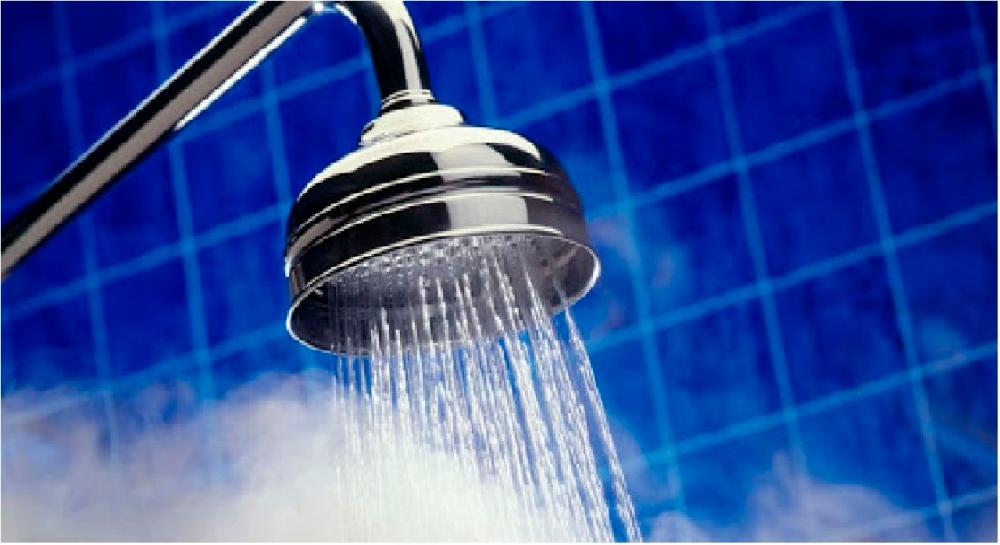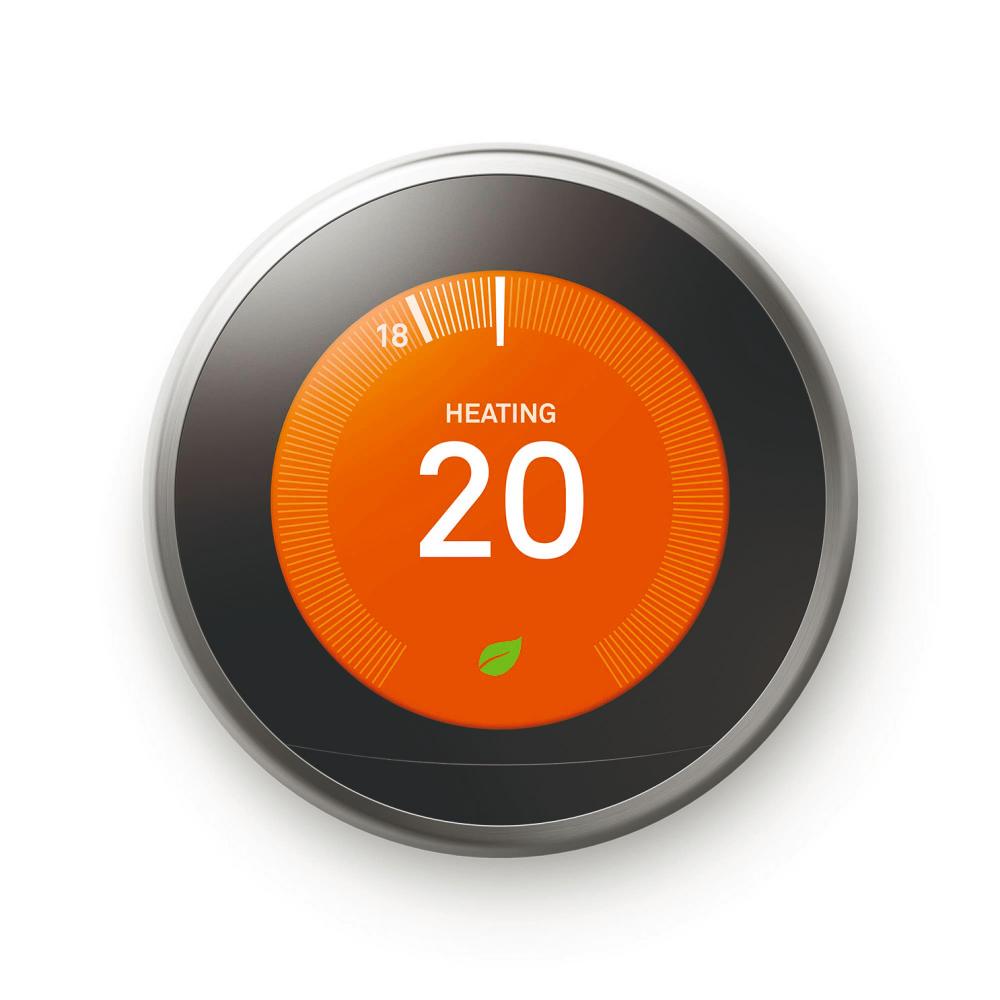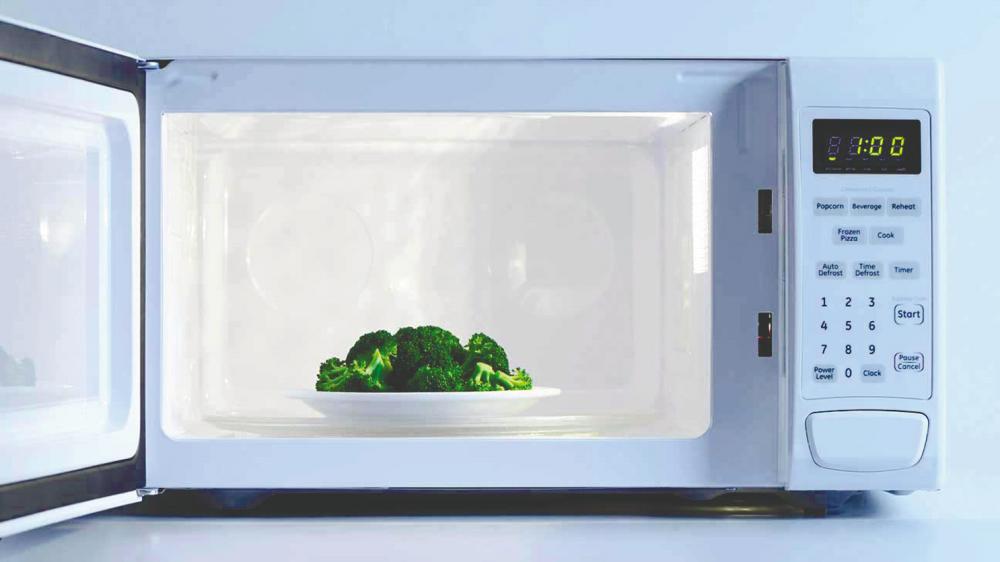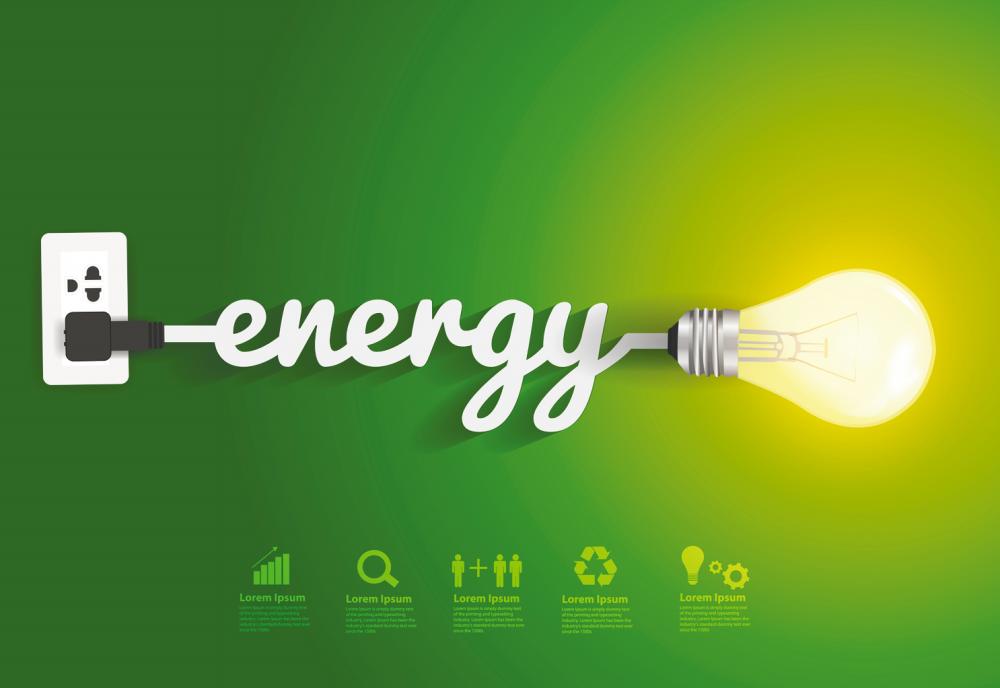EVERY day we make hundreds of decisions every day that affect our environment and our savings. We are all responsible for respecting the Earth and adopting healthy and sustainable solutions that decrease our environmental effect. If you’re interested in becoming more energy efficient starting with Earth Day 2022, here are five tips to get you started.
Replace light bulbs with LEDs
Upgrading your lights to the newest LED technology is one of the most proven methods to significantly reduce your home’s energy use. Not unexpectedly, lighting is a major source of power use in the home. Modern LED lights consume less power than incandescent bulbs and last longer, so you may not need to replace them for another five years. Furthermore, the price of these bulbs has dropped significantly in recent years, while the light quality and diversity of possibilities have also increased. With current pricing, your new LED lights will pay for themselves quickly, especially if there are subsidies currently available from power companies, who are aggressively urging people to make the transition. If you just make one energy-related pledge for Earth Day this year, replacing incandescent lightbulbs with LEDs is an excellent one.

Reduce water heating expenses
Water heating accounts for a significant portion of your total energy use. Aside from acquiring an energy-efficient water heater, there are three ways to reduce your water heating expenses: simply use less hot water, lower your water heater’s thermostat, or insulate your water heater and the first six feet of hot- and cold-water pipes. If you are thinking about replacing your water heater with a more efficient one, you should consider two things: the type of water heater that will fit your demands and the type of fuel it will consume.

Upgrade to a smart thermostat
Smart thermostats learn your habits and preferred temperatures and automatically regulate the temperature in your house in the most effective way possible. You may also remotely regulate the temperature of your house using an app. A programmable thermostat provide some of the advantages of smart thermostats but need a little more effort on your side, as you will have to programme the temperature adjustments yourself. In any case, if you have an older thermostat, improving your thermostat game might be one of the greatest ways to begin decreasing your home’s energy consumption.

Use your microwave instead of your stove
Reheating meals, like other domestic duties, is both essential and energy-intensive. Depending on your preferences, a stove may help to maintain the flavour of food. Regardless of preference, there is evidence to show that a microwave is more energy efficient. Because of the nature of a stove, it is prone to energy loss. While consuming a lot of electricity, a microwave uses relatively quick bursts of power over short periods of time.

Change your day-to-day habits
You don’t have to go out and buy energy-efficient goods to lower energy use in your home and boost your energy savings. Turning off lights or appliances when they are not in use is a simple way to conserve energy. You may also use less energy-intensive appliances by conducting household activities manually, such as hanging your clothes to dry instead of putting them in the dryer, or hand-washing your dishes. Using the air conditioner less frequently is a behaviour change with the most potential for utility savings. In our tropical environment, cooling expenditures account for approximately half of the average home’s utility bills, thus these decreases in the intensity and frequency of use are significant.









